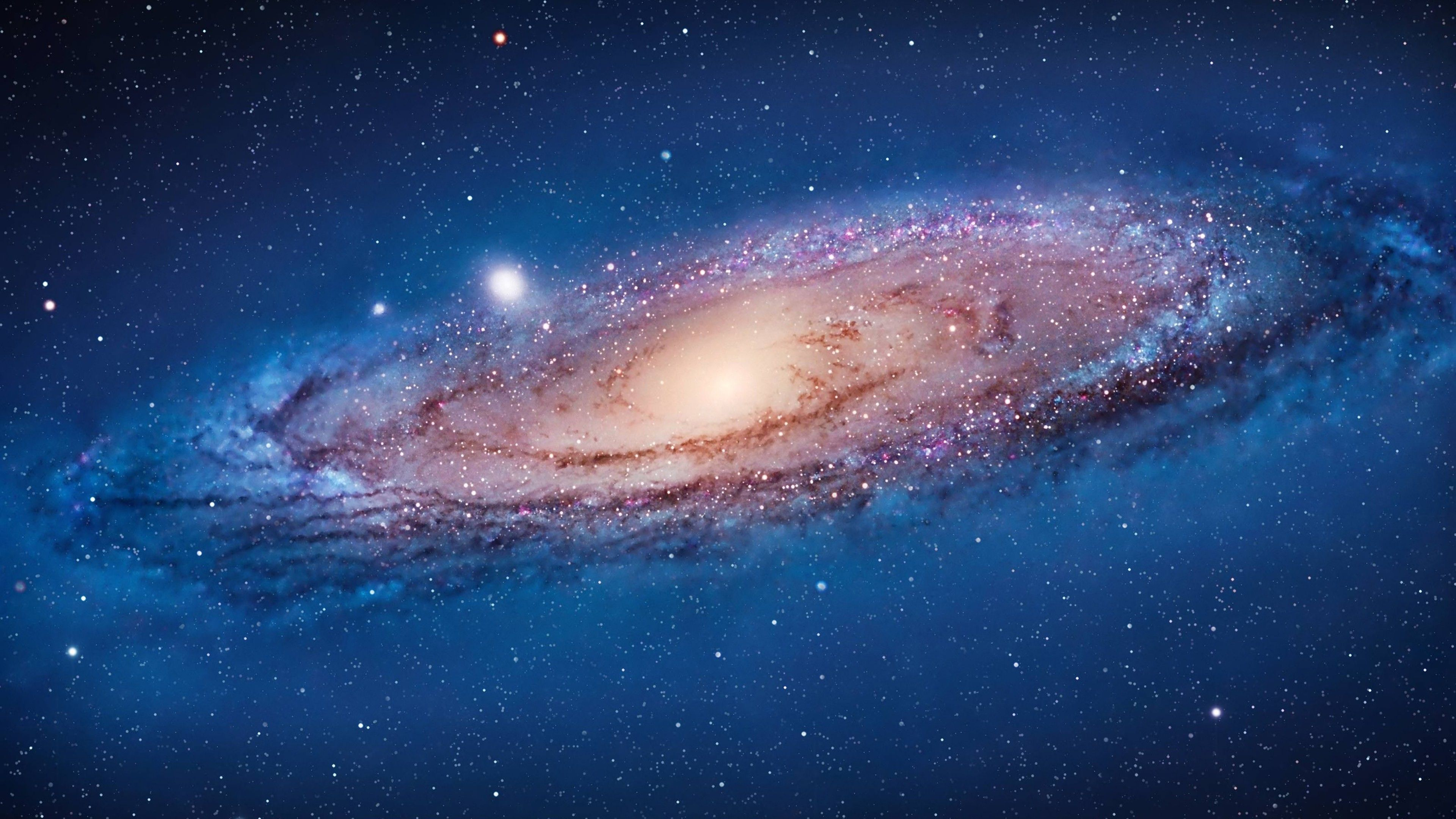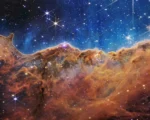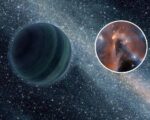The James Webb Space Telescope (JWST) has provided an unexpected new perspective on the Sombrero galaxy, traditionally known for its resemblance to a wide-brimmed Mexican hat. The latest image, captured using Webb’s Mid-Infrared Instrument (MIRI), reveals the galaxy in a very different light, with its smooth inner disk taking center stage instead of the glowing core seen in visible light images from the Hubble Space Telescope.
In this new view, the “crown” of the sombrero is hidden, transforming the galaxy’s shape to resemble more of a bull’s-eye. Distant galaxies shimmer in the background, further enhancing the cosmic scene. The Sombrero galaxy, also known as Messier 104 (M104), is located about 30 million light-years from Earth in the Virgo constellation. It was first discovered by French astronomer Pierre Méchain in 1781, and named in honor of his colleague, Charles Messier, who cataloged star clusters and nebulae.
Webb’s infrared capabilities allow it to observe celestial objects in wavelengths of light invisible to the human eye, unveiling details that were previously unseen. MIRI’s sharp images highlight the galaxy’s outer ring, offering insights into the structure and distribution of dust within Messier 104. This dust is crucial in the formation of stars and planets, and Webb’s observations show that, unlike previous views from the Spitzer Space Telescope, the dust ring is far more complex and clumpy than previously thought, possibly indicating active star formation.
The discovery of carbon-containing molecules, like polycyclic aromatic hydrocarbons, in the dusty ring suggests that star-forming regions may exist there. However, the Sombrero galaxy is not a prolific star producer; it forms stars at a much slower rate than galaxies like Messier 82. The Sombrero galaxy is estimated to produce less than one solar mass of stars per year, compared to the Milky Way’s two solar masses annually.
At the heart of the Sombrero galaxy lies a supermassive black hole, which, although active, is less so than those in other galaxies. It slowly consumes material and emits a faint jet of radiation. Despite its relatively quiet star formation and black hole activity, the galaxy is home to about 2,000 globular clusters, which contain large numbers of old stars. These clusters provide valuable opportunities for astronomers to study stellar evolution and comparisons between stars of different masses and ages.
As the Webb telescope continues its mission, its ability to detect previously hidden features of galaxies like the Sombrero will greatly enhance our understanding of the universe. Webb, which launched in December 2021, is now preparing for its fourth year of operations, with scientists worldwide eager to use its capabilities to explore exoplanets, stars, and distant galaxies.


















